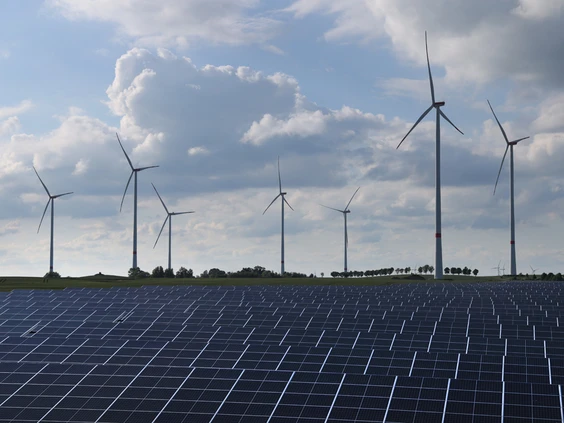There is a stark contradiction between the confident assertion that wind and solar are far less costly than fossil fuels and the real-life experience of jurisdictions relying heavily on them — including Europe and several U.S. states — which is soaring prices and compromised reliability. In Canada, resolution of that incongruity has implications for federal and provincial governments’ net-zero goals (including the federal Clean Electricity Regulations), use of natural gas, resilience of the electricity grid and burgeoning cost to ratepayers. For these reasons (and this is public information) about four months ago, as then Chair of Ontario’s Independent Electricity System Operator (IESO), I requested an analysis of the cost of wind and solar, taking into account their intermittency (the capacity ratio) and the need for backup power. Pending publication of that detailed study I will set out some basic principles, which are widely understood in the sector.
There are striking parallels between the role of renewables and a problem I confronted when I was appointed federal minister of natural resources in May 2011. The oilsands were vilified as a major source of GHG emissions responsible for catastrophic global warming. Since that narrative created severe political, regulatory and public perception problems, both domestically and internationally, I needed to know what percentage the oilsands represented of global emissions.
The quest led to three surprises. First — no one had asked the question, even though it was central to whether the condemnation of the oilsands was merited. Second — according to a Natural Resources Canada analysis, they constituted a minuscule one thousandth of the world total, which put a lie to the hyperbole about its negative impact on the planet. Third (which should not have been a surprise) — the legacy media suppressed the number. The reason for the suppression, which largely continues to this day, was that the facts contradicted the alarmists’ portrayal of the oilsands. Since reality cannot be denied, it must be buried.
In respect to the cost of wind and solar, no apples-to-apples comparison has been prepared, at least not for the general public, perhaps because an objective study risks undermining the green assertion that natural gas use can be rapidly and inexpensively eliminated. However, that message carries its own risk. The recent IESO capacity auction demonstrates that talk of eliminating gas can discourage investment in critically needed projects.
The important public debate raging in Ontario and elsewhere about the role of renewables, nuclear energy and fossil fuels in a decarbonized future should be based on the overarching criteria of reliability and affordability. The responsibility of the IESO, like other grid operators, is to provide an independent, objective and expert analysis of the data and economics of our electricity system. Such a fact-based analysis will help frame the discussion and guide federal and provincial governments to develop realistic policies that benefit ratepayers and taxpayers and advance the public interest.

